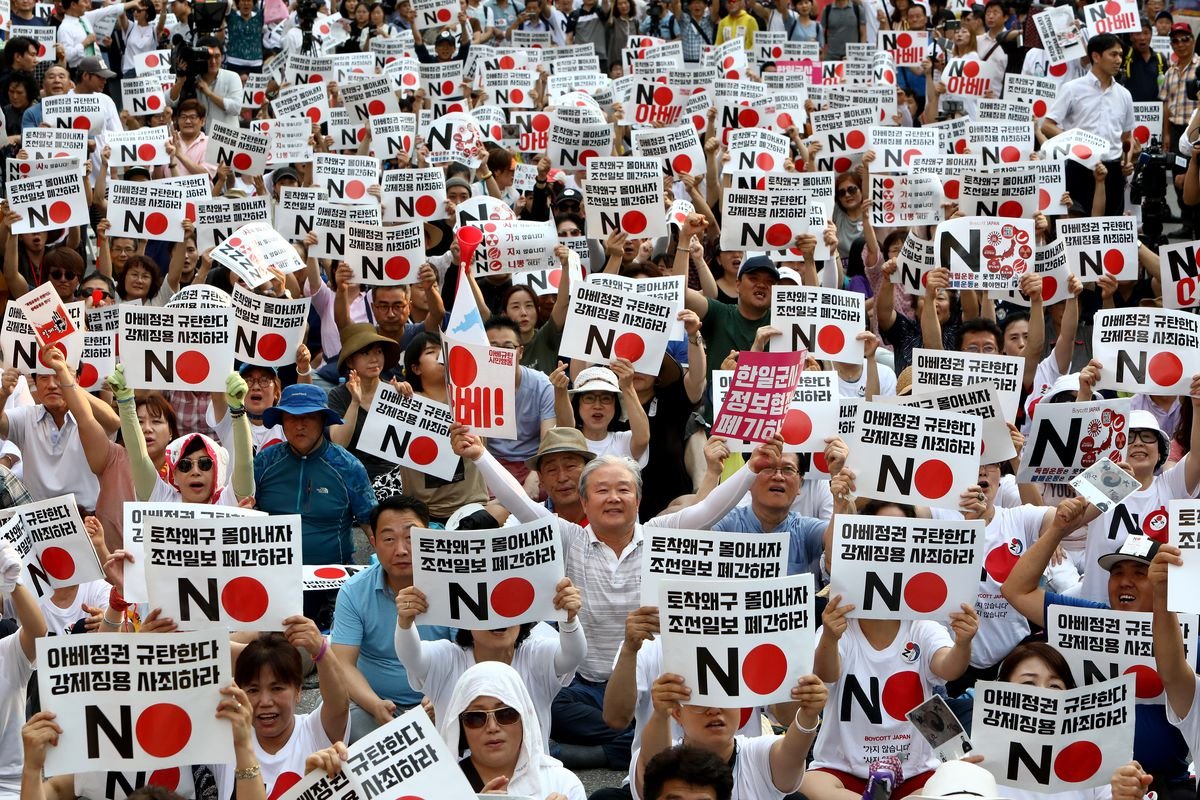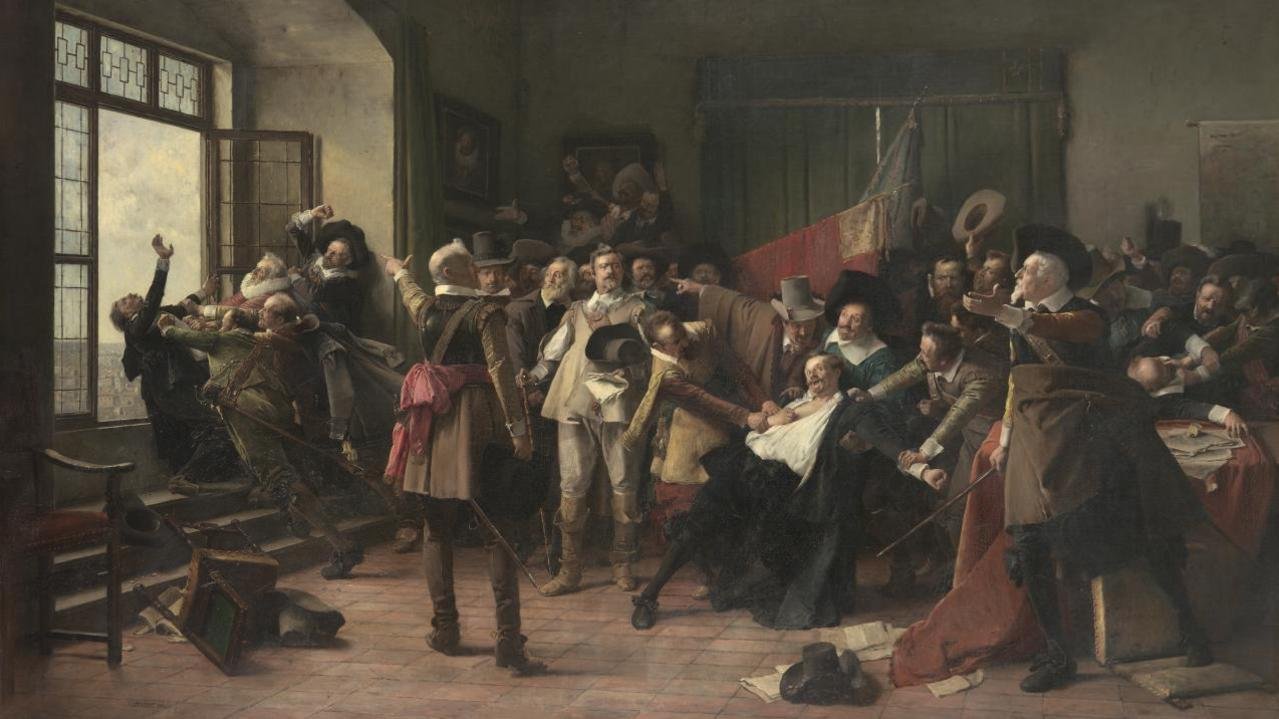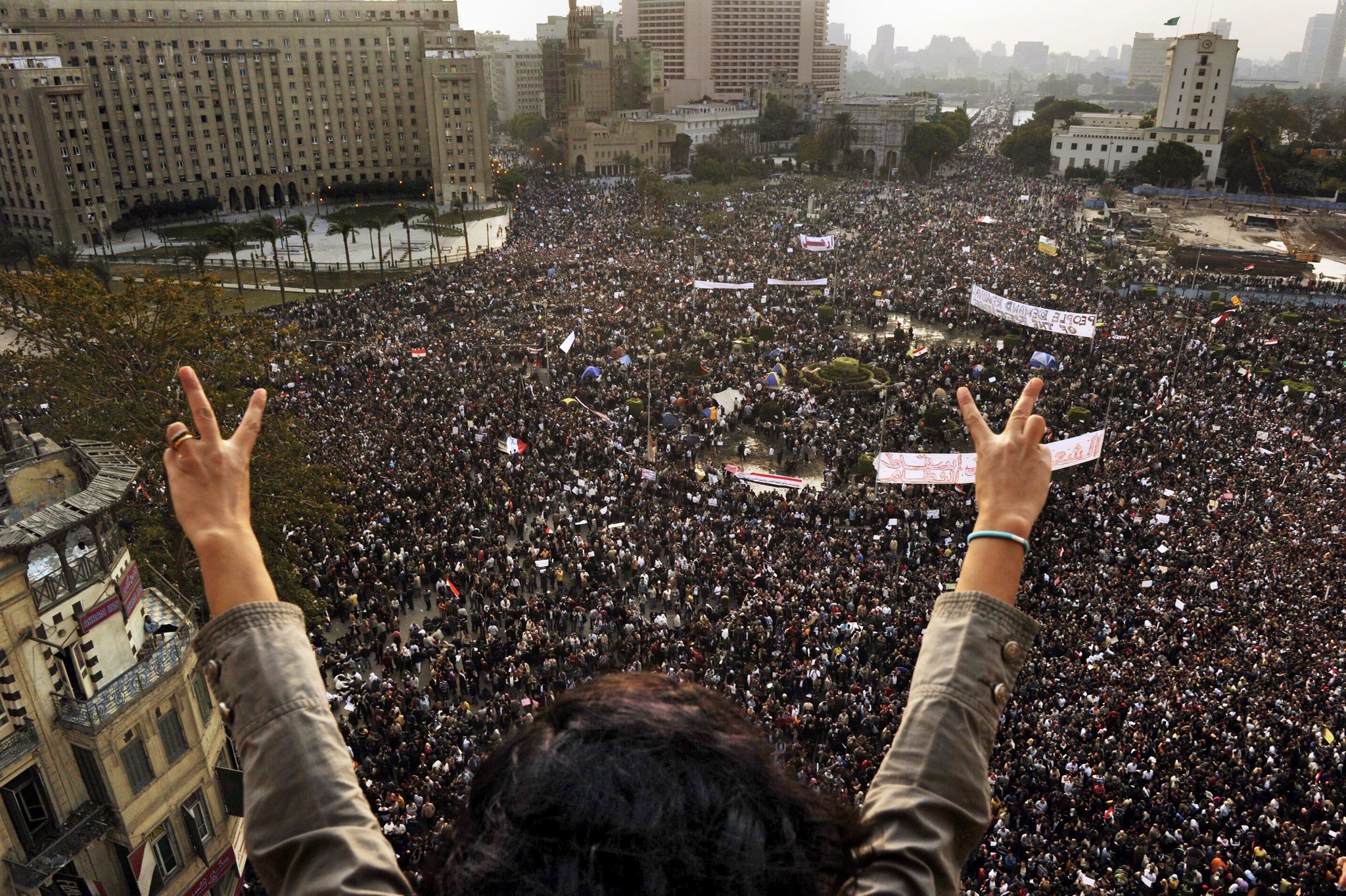A Horrible King and the Magna Carta
/With nicknames like “John Lackland,” “John Softsword,” and “the phoney king,” I thought nothing happened during this English king’s reign. My mum, a Brit herself with lots of knowledge about English royal history, was happy to correct me. “The Robin Hood myth came from the chaos of King John’s reign… Didn’t you pay attention in school, Amber?” I did, actually; thanks for the confidence, Mum. To get away from the constant “Do schools teach anything these days?” I decided to do some of my own research on King John. Let’s see what this phoney king did that my mum thinks was so important.
King John
I first learned his birthday: 1167 on Christmas Eve! It’s hard to believe his actions would matter with how long ago he lived. Not to mention, the situation before becoming king wasn’t very memorable, at least not in a good way.
John had four older brothers, my personal worst nightmare, so it was almost impossible he’d be king. His father packed him off to Ireland instead, where he ticked off the English and Irish. He was back in England after just four months… A truly fantastic start.
Three of John’s older brothers died young, so he had a better shot at being king. Unfortunately, the brother who survived would go on to be known as Richard the Lionheart, who had already proved himself worthy of the crown multiple times.
Richard died in battle and had no kids, so it was John’s turn on the throne. To John’s luck, becoming king after Richard was practically open season on him. Personally, I blame Richard for this; older siblings can be a real chore (no offence to mine!).
Things didn’t improve for this guy. John lost lands north of the Loire River and the support of French barons. He killed his own teenage nephew, Prince Arthur, who he considered a threat to his title. Teenagers are terrifying, after all.
The king of France also conquered John’s land in France. This failure was what gave him the nickname “John Softsword.” It’s less funny than what I thought “softsword” was for, but it’s still a great origin story, I guess. Can you believe that things got even worse during John’s feud with the Pope? For a while, religious services weren’t allowed in England, and John was excommunicated.
The Magna Carta
John had alienated himself from his subjects and the barons. His subjects claimed he was a tyrant, ignoring feudal laws, extorting money from the people, selling offices, and raising taxes. The barons were just angry about everything.
England was plunged into a civil war in 1215, and the barons forced John to accept the Magna Carta. This document claimed that no one was above the law, even the monarch, you couldn’t be held without evidence of committing a crime, everyone had the right to a fair trial by jury, and a widow couldn’t be forced to marry and give up her lands. Wow, look at that: the first step to women’s rights!
However, the Magna Carta wasn’t kept. So, why is it so important?
Well, I learned the charter is considered the root of the British legal system. Many of the terms I listed above are still reflected in the British legal system today, like everyone being equal in the eyes of the law and getting a fair trial.
When Britain colonized the world, they took copies of the Magna Carta. In the original 13 states of America, the charter was used to make a new legal understanding and make sure people born in the colonies had the same rights as the British. The Magna Carta also inspired The Declaration of Independence, The Constitution of the United States of America, and the Bill of Rights.
Conclusion
So, my mum was right; King John did do something important. Sorry for doubting you, Mum. I guess that means we shouldn’t judge John based on the nicknames he had. I’m sure that if King John could see into the future, he’d be proud to know that his horrible rule led to today’s British legal system and the founding of the U.S.A.
Amber Boileau is a 19 year-old Professional Writing student at Algonquin College. Coming from the middle of nowhere, her free time from studying was spent reading, writing, and spending time with her family. This resulted in a girl who mostly stayed inside and grew to be irritated with 99% of the people around her. She still prefers to be inside, alone, and working on her school, reading, or writing, but will occasionally come out of hiding to be with her friends.



































































